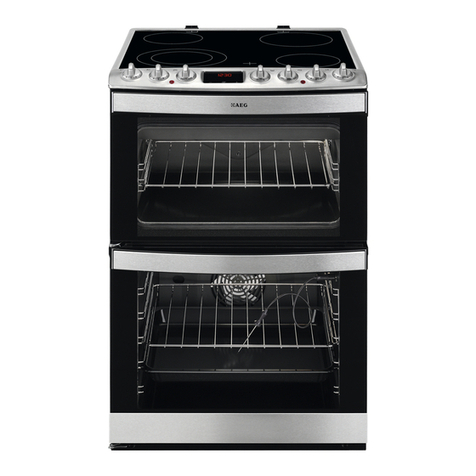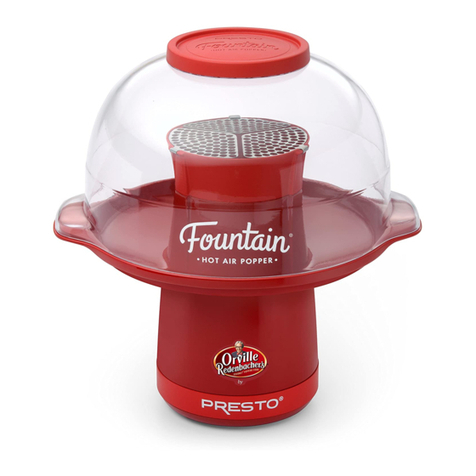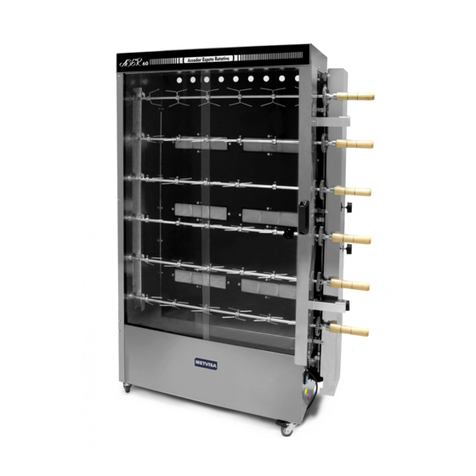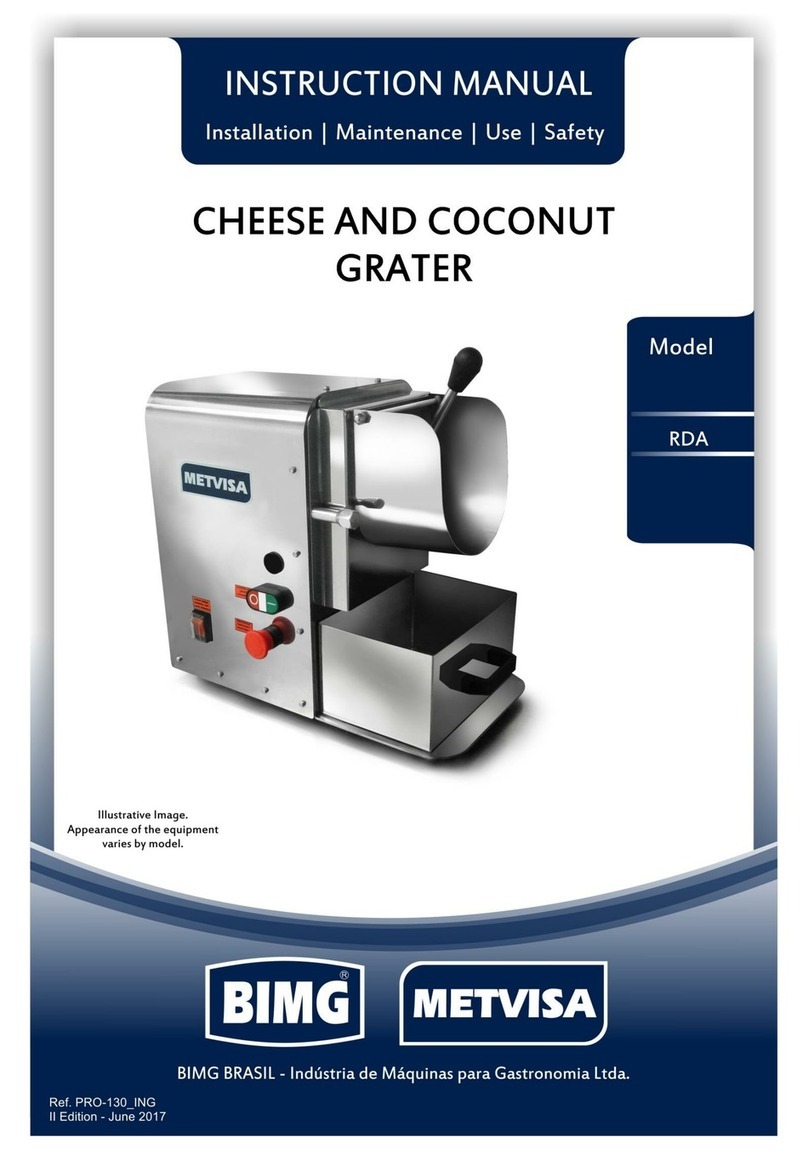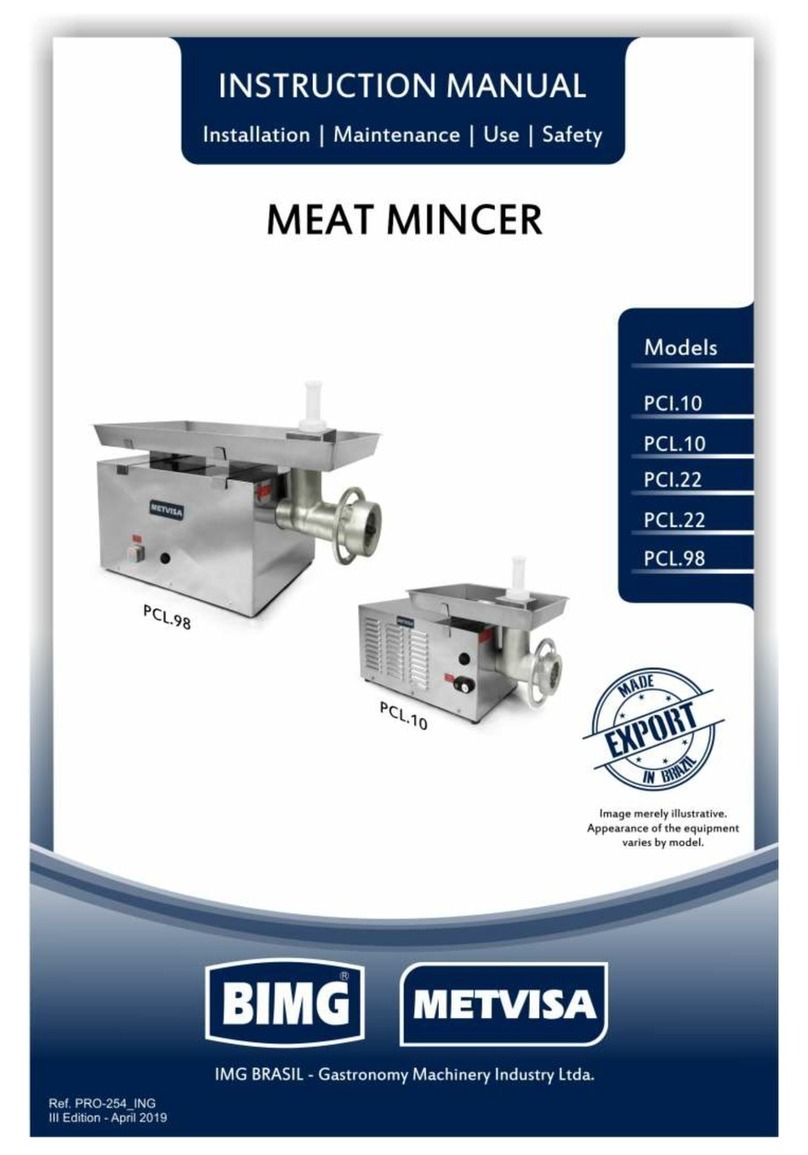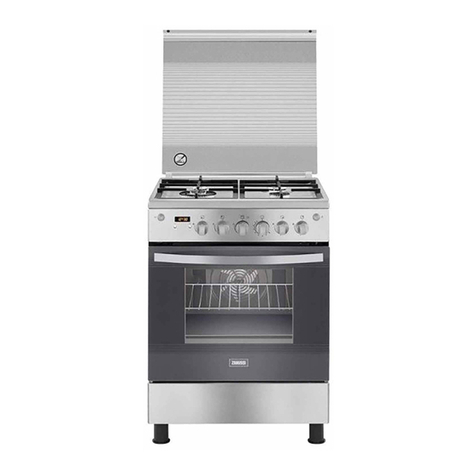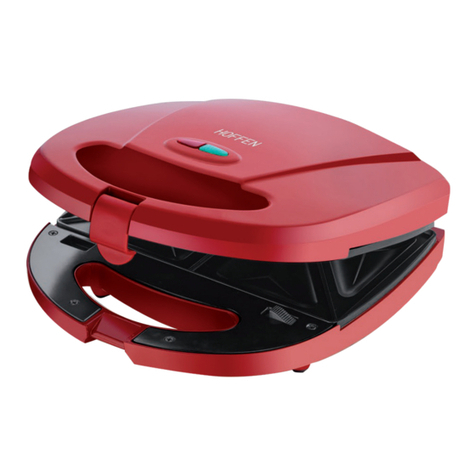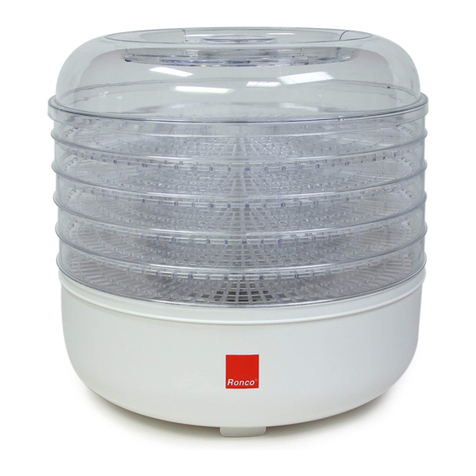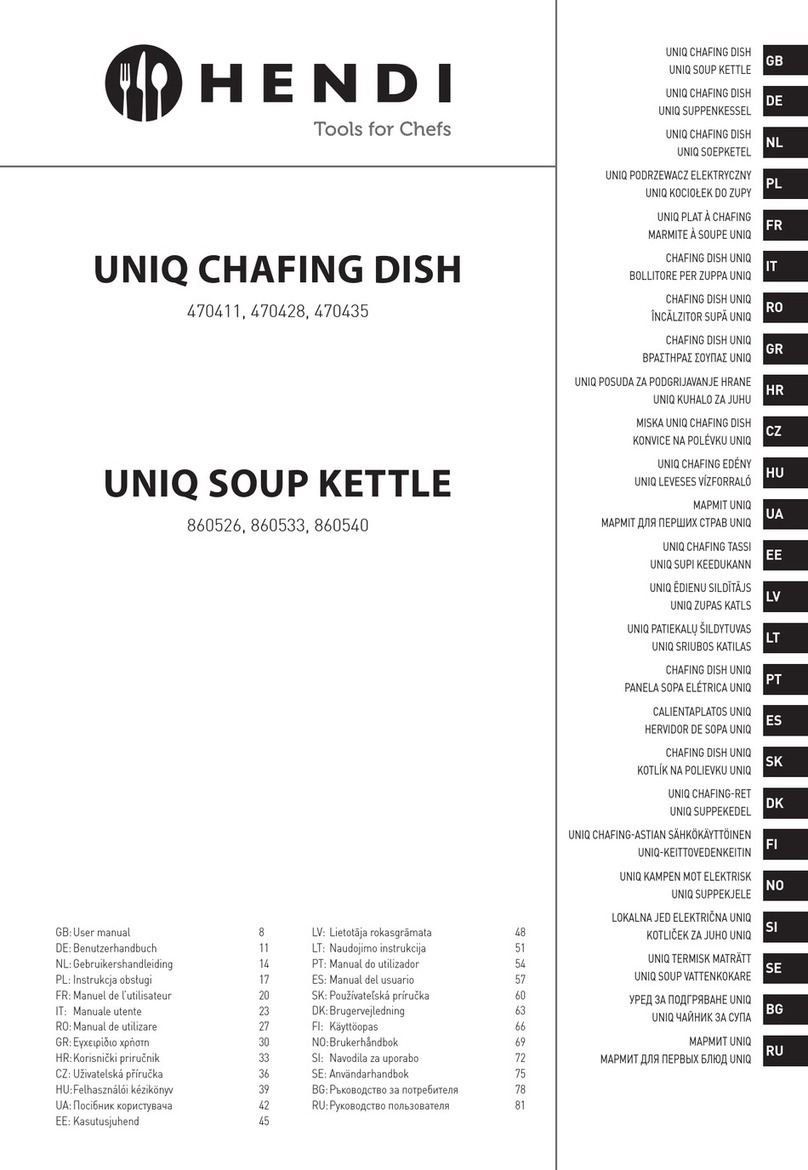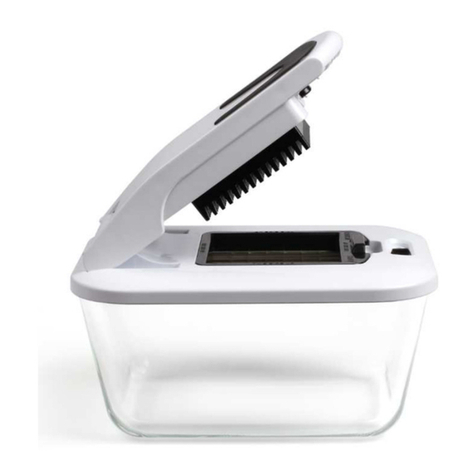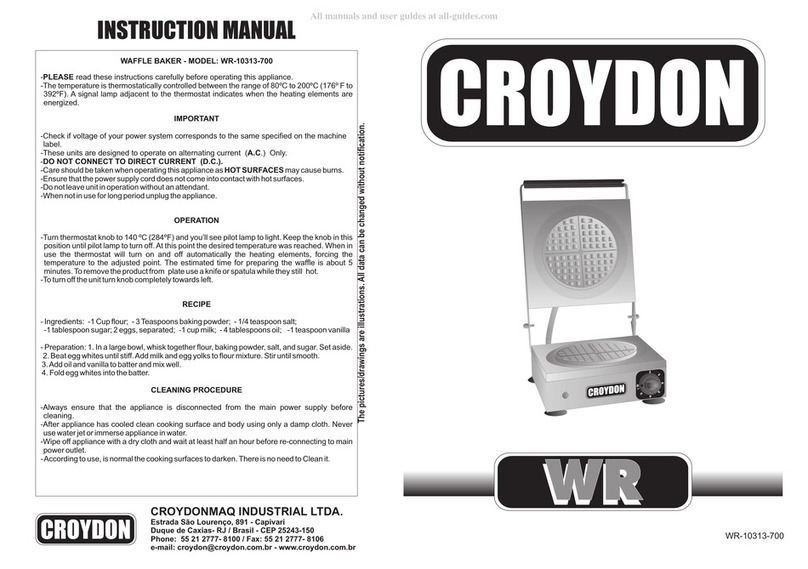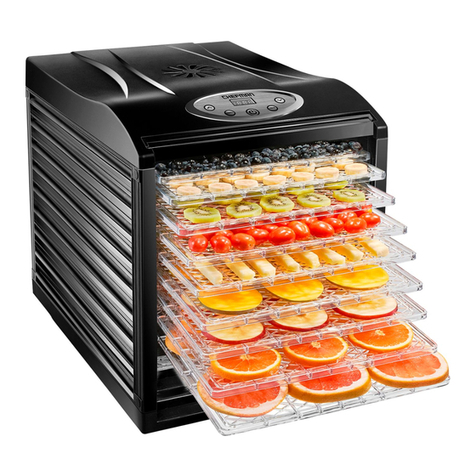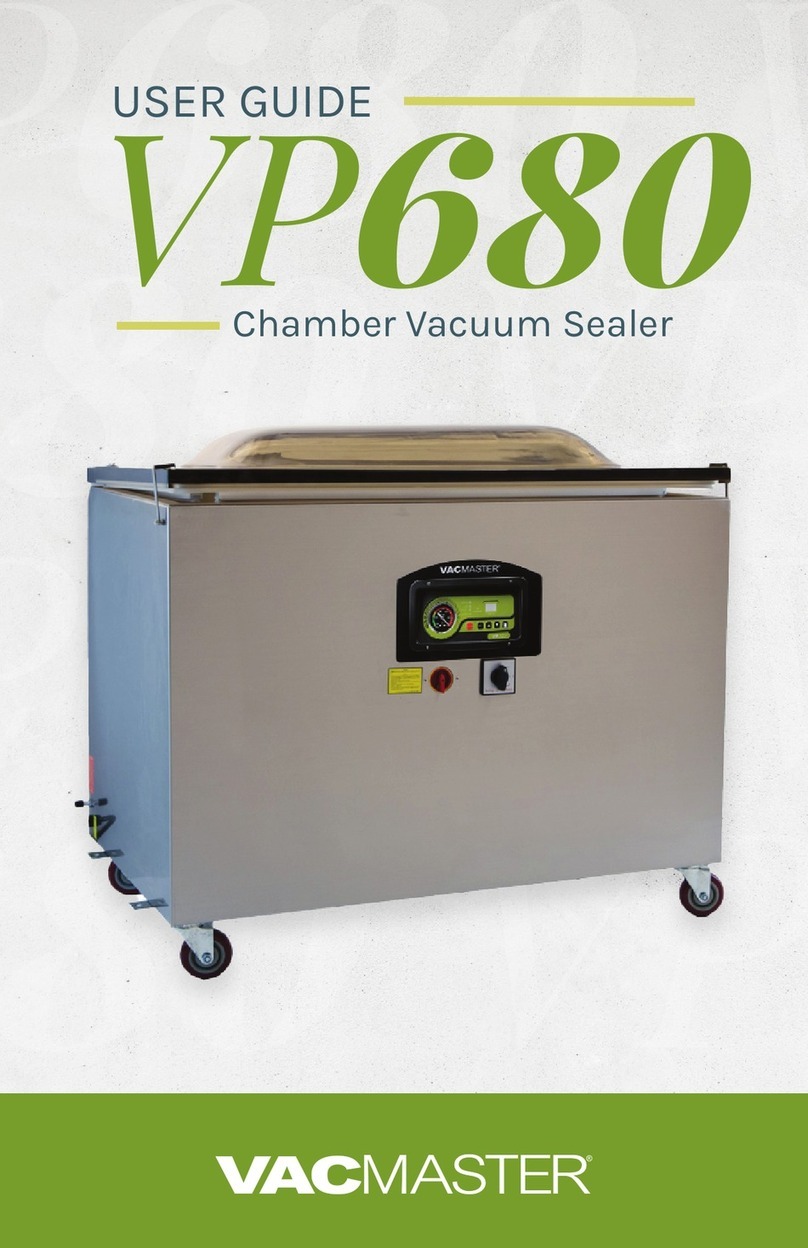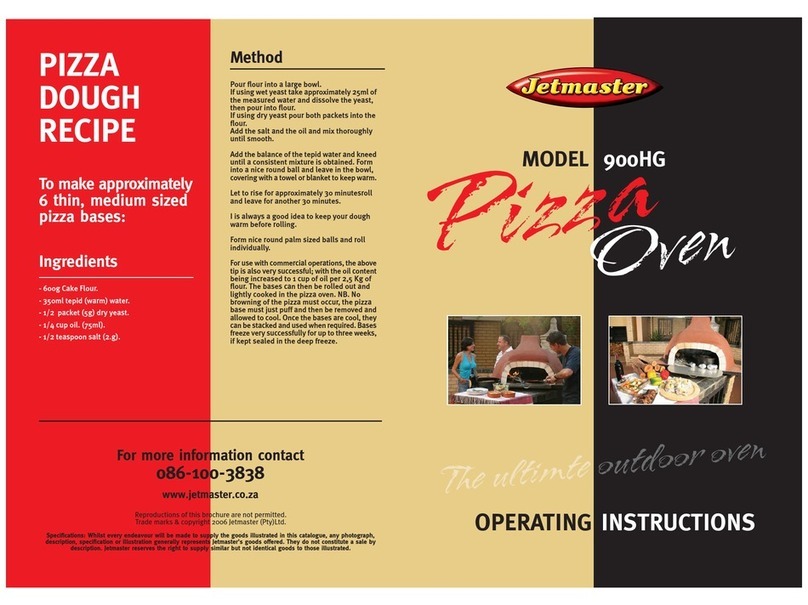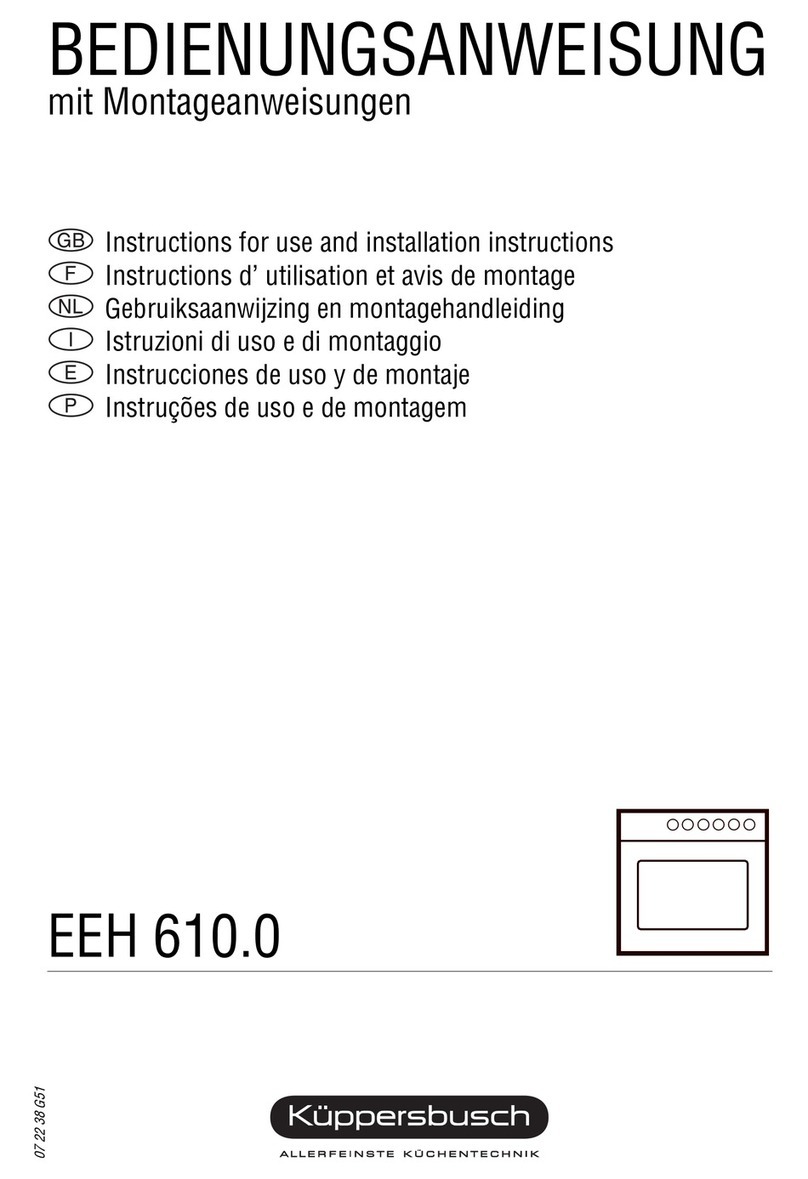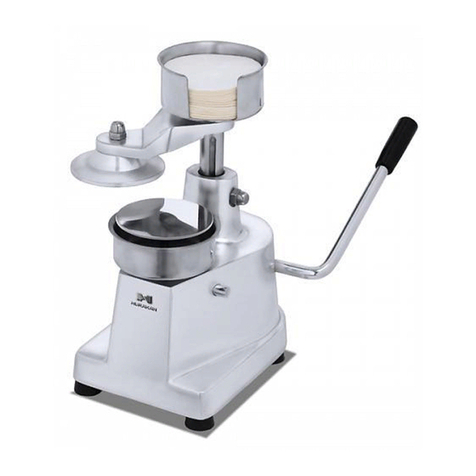
3
1. Safety Information
1.1 General Warnings
• Cautions / precautions must be observed when installing, using, maintaining and discontinuing use
of this equipment;
• Before carrying out any operation (assembly, utilization (use), maintenance and reuse after
prolonged use of the equipment), read the manual carefully;
• The equipment must be used by trained personnel familiar with the use and safety standards
described in this manual;
This device is not intended for use by persons (including children) with reduced physical, sensory or
mental capacities, or people with lack of experience and knowledge, unless they have received
instructions regarding the use of the device or are under the supervision of a person responsible for
their safety;
• It is recommended that children be supervised to ensure that they are not playing with the
equipment;
• In case of change of the personnel that will work with the equipment, the new operator must be
educated about the standards and the operation of the same one;
• The operator must use the Adequate PPE's (equipment for individual safety). As for example: use
touches the hair avoiding that they lock in the moving parts of the machine;
• The operator must always be aware of situations that can cause a risk of accidents and avoid them.
For example: avoid working with loose uniform sleeves, where they can lock in moving parts, causing
accidents;
• After being held to read and answered all the questions, this manual must be stored carefully in
place of easy access, known by all the people who will operate the equipment and made available for
the people who carry out maintenance, to any queries. Whenever any questions arise, be sure to
check the manual. Do not operate the equipment in any way with doubts;
• In the installation, it is essential to make this manual available to the professionals who will do the
same;
• Before connecting the equipment, make sure that the tip and the extraction nut are correctly
inserted;
• Before starting cleaning and any maintenance, it is essential to disconnect the equipment from the
mains;
• Periodically check the condition of the cables and electrical parts;
• Do not leave the equipment switched on unattended.
ATTENTION!
Do not perform repairs on your own. Refer servicing to qualified service personnel. Use only
original parts in your equipment.

